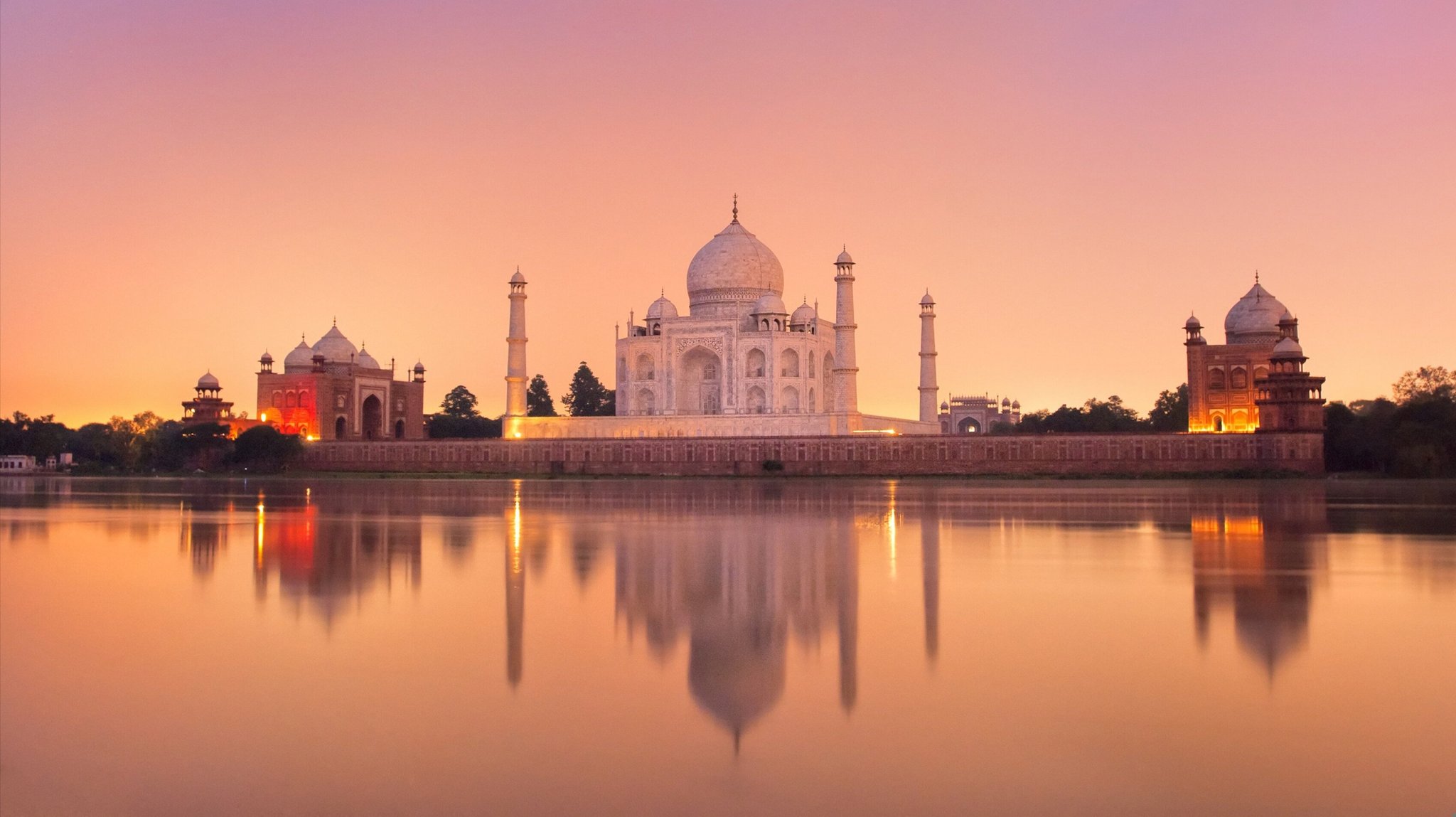
Agra: Taj’s timeless love, echoing in marble grandeur, steeped in heritage, is a global tourist destination, hosting three UNESCO Heritage Sites, one the “Taj Mahal” adorned with the title the Wonder of the World.
Agra, steeped in heritage, is a global tourist destination and one of the world’s most visited places. Within its boundaries lie three UNESCO World Heritage Sites, with one earning the title “Wonder of the World.”
This city embodies eternal love, showcasing distinctive architecture—the illustrious Taj Mahal, a universally celebrated masterpiece. It beckons millions, eager to witness the breathtaking beauty alongside historical landmarks gracing the city.
Agra is a testament to the architectural brilliance of the Mughal Empire, rooted in ancient times. Established in the sixteenth century, modern Agra owes its existence to Sultan Sikandar Lodī.
The zenith of Agra’s history unfolded during the Mughal era, ruled by Emperors Akbar, Jahāngīr, and Shāh Jahān. This historical legacy is deeply etched into the city’s essence, tracing back to the Mughal dynasty’s inception.
Shāh Jahān, known for his profound interest in architecture, bestowed Agra its cherished gem—the resplendent Tāj Mahal. Erected in memory of his beloved wife, Mumtāz Mahal, this majestic mausoleum completed in 1653 leaves an indelible mark on Agra’s legacy.
Agra, with its rich historical tapestry, is an essential stop for any traveler exploring India.
Embark on an enchanting Holiday trip to Agra, immersing yourself in its authentic essence amidst breathtaking heritage and awe-inspiring architectural wonders. Unveil the intricate tapestry of Agra’s cultural heritage.
Explore our meticulously crafted Agra tour itineraries and unmatched Agra tour packages for an amazing Agra trip to uncover the serene cultural heritage of Agra, while savoring a mesmerizing travel experience throughout your trip.
